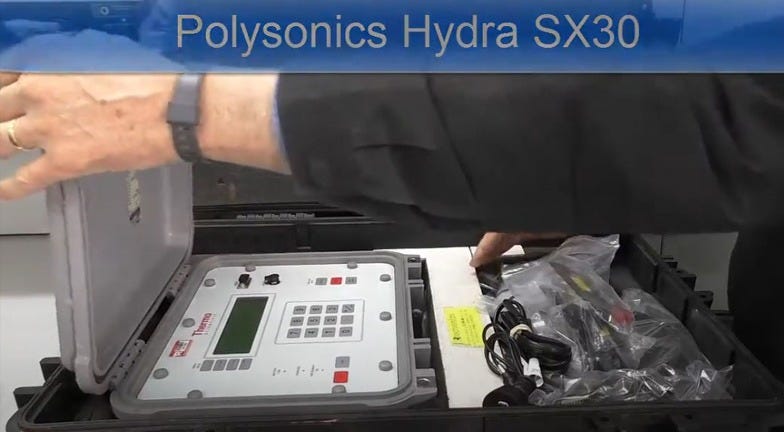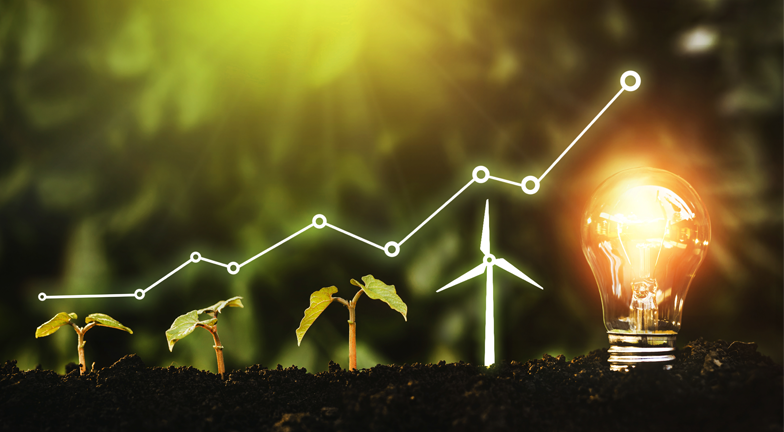An introduction to the Polysonics Hydra SX30 which covers what is included in the kit and how to setup the clamps, transducers, cables and instrument to conduct flow measurements.
There is a quick summary in how to start and operate the SX30 that includes the parameters and functions as well as how to use the signal quality and signal strength to determine the quality of the reading and using the FFT to determine the bell curve flow profile.
The unit is a dual frequency Doppler ultrasonic non-contact flowmeter with a velocity range 0.06 to 10 m/s, accuracy ±1%. Pipe size range 12 to 5,000 mm diameter. Data logging for 90,000 points with PC software and interface cable for download via RS232C. Transducer temperature range -40 to 122°C. Analogue output 4-20mA. Battery operated, 12 h continuous use (8 h recharge).



